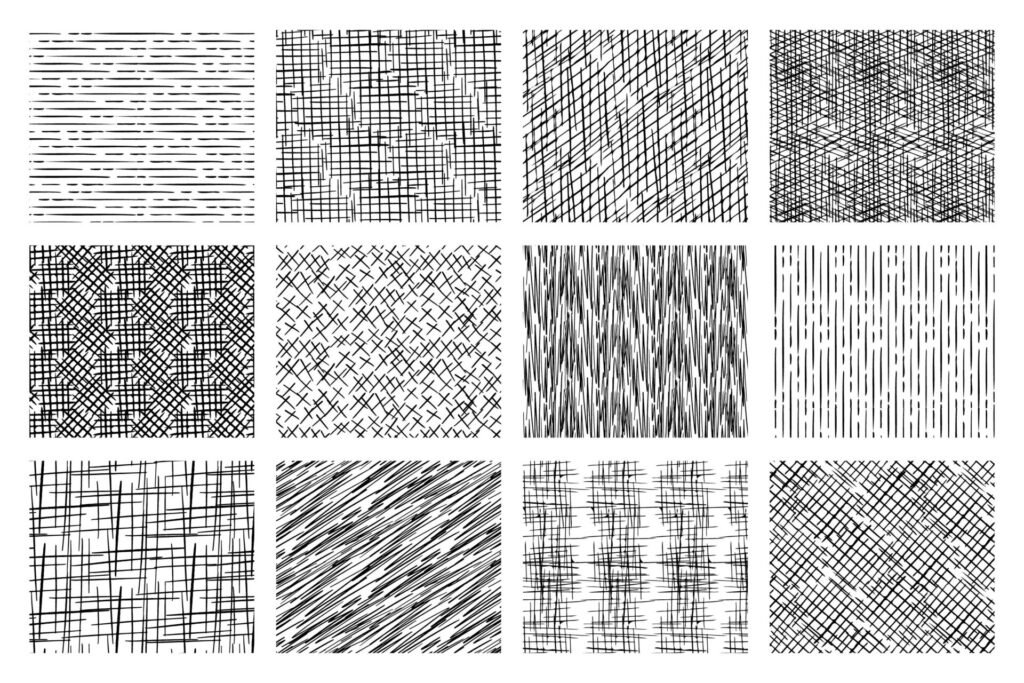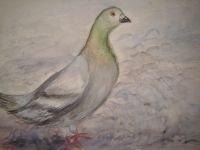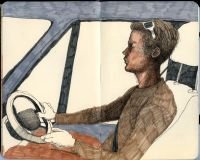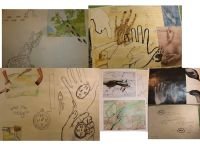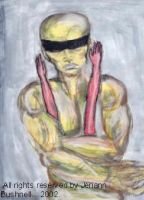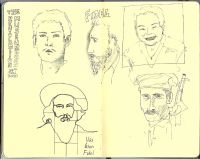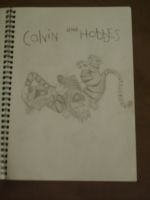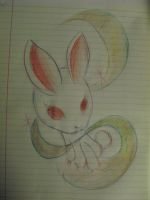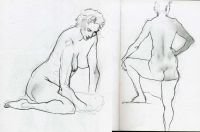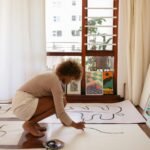Line & Value
Mastering hatching and cross-hatching is an essential step in becoming a confident and versatile artist. These linear techniques date back centuries and are still used by illustrators, draftsmen, and fine artists today. Simple yet powerful, they provide a way to depict depth, volume, light, and surface quality using only lines. Whether you work in graphite, pen and ink, or digital tools, incorporating hatching into your work brings both structure and expressive texture.
In this guide, you’ll learn how hatching and cross-hatching function, when to use them, how to refine your mark-making, and what materials or brush settings can best support your goals.
What Is Hatching and Cross-Hatching?
Hatching is a shading technique involving a series of parallel lines placed closely together. The density, angle, and thickness of these lines create the illusion of shadow and form. Cross-hatching expands this approach by layering sets of lines in different directions—typically at varying angles—to build richer, darker values and complex textures.
These techniques rely entirely on value contrast and line spacing rather than tonal fills or blending. This linear approach to rendering allows for high control over texture, precision, and character.
Why Use Hatching and Cross-Hatching?
Hatching and cross-hatching serve both functional and aesthetic purposes. Artists turn to them when they want:
- Clear control over value transitions using only line
- Stylized texture and graphic visual language
- Form modeling without smudging or gradient shading
- A classic, hand-drawn aesthetic suitable for print and digital
These techniques also enhance hand-eye coordination, line economy, and awareness of light direction—skills that benefit every kind of visual art, from architecture to figure drawing.
Understanding Line Direction and Density
The effectiveness of hatching comes from deliberate spacing and direction:
- Parallel Hatching: All lines move in the same direction (e.g., horizontal or diagonal), ideal for consistent tone
- Cross-Hatching: Lines intersect at angles (usually 45° to 90°) to deepen value or add complexity
- Contour Hatching: Lines curve with the form, enhancing volume and realism
- Tick Hatching: Short, quick marks often used for texture or tapering shadows
Closer lines appear darker, while wider spacing yields lighter value. You control not just how light or dark an area appears, but how active or calm it feels visually.
Types of Paper and How to Use Them | A Beginner’s Guide to Creative Surfaces
Why Paper Choice Matters Whether you’re a sketchbook enthusiast, a mixed media artist, or just starting your creative journey, understanding the types of paper and how to use them is...
Tools and Surfaces for Line-Based Shading
The tools you use can influence the style and fluidity of your hatching:
- Graphite Pencils: Offer a broad range of soft to hard lines, good for subtle tonal work
- Ink Pens (Micron, dip, technical): Provide crisp, consistent marks ideal for detailed cross-hatching
- Brush Pens: Allow varied stroke thickness and dynamic expression
- Etching Tools: Traditional for engraving fine linear texture
- Digital Brushes: In Procreate, Clip Studio Paint, or Photoshop, use pressure-sensitive pens and custom hatching brushes
Your paper or canvas also matters. Smooth bristol board is ideal for crisp lines, while textured paper adds a natural vibration that enhances hatching’s graphic quality.
Building Value with Line Technique
Creating a smooth gradient or modeling form with line involves:
- Starting with a light directional hatch to set your lightest shadows
- Layering additional hatches with slight directional shifts to deepen tones
- Using tighter spacing and denser intersections to hit your darkest values
- Leaving blank space or sparse lines for highlights or light areas
- Avoiding overly uniform lines—variation adds interest and avoids stiffness
Practice consistent hand pressure and control line length to ensure unity across forms. Try rendering spheres, cubes, or still-life studies with directional light for hands-on application.
Creating Texture with Cross-Hatching
Beyond modeling form, cross-hatching can replicate texture—rough bark, woven fabric, stone surfaces, or hair. Change your line rhythm, pressure, and intersection angles to suggest specific tactile qualities.
Examples:
- Fine, close-set hatches create the feel of smooth porcelain
- Loose, chaotic hatch angles evoke dry grass or tangled hair
- Sharp, angular strokes mimic the jaggedness of cracked stone
- Structured, rhythmic lines can imitate brick or architectural surfaces
This ability to convey both light and material makes hatching incredibly versatile.
Hatching in Composition and Design
Hatching isn’t just for isolated drawings—it’s an excellent tool for compositional balance and stylistic unity. Artists often use line variation to direct attention:
- Use dense hatching in shadows to push parts of the image back
- Employ lighter hatching near focal points for visual breathing room
- Create textural contrast by juxtaposing smooth areas with textured hatching
- Use line rhythm to guide the eye across the form or page
In printmaking, comics, and technical drawing, hatching is a core compositional language—and in digital art, it adds a traditional edge to modern layouts.
Frequently Asked Questions
What is the difference between hatching and cross-hatching?
Hatching uses parallel lines, while cross-hatching layers lines in intersecting directions to build depth.
Can hatching techniques be used in digital drawing?
Absolutely—digital brushes can replicate traditional hatching and allow for customization and undo.
How do I practice hatching effectively?
Start with value scales using line density, then apply it to basic geometric forms like spheres or cubes.
What pen is best for hatching and cross-hatching?
Technical ink pens, dip pens, or fine liners work best for consistent, crisp strokes.
Is hatching only for black and white drawings?
No—you can use it with colored pens, pencils, or over watercolor washes for mixed media effects.
Does line direction matter in hatching?
Yes—direction affects the form’s perceived curvature, flow, and texture.
How can I avoid making my hatching look messy?
Use consistent pressure, deliberate spacing, and overlap with intention; avoid overworking.
Final Thoughts
Mastering hatching and cross-hatching doesn’t just improve your shading—it enhances your understanding of value, structure, and expression. This time-tested approach empowers you to render light and form with precision and personality, all from the simplest of marks: lines.
Whether you’re sketching in a museum, refining a concept design, or inking a comic page, learning to control light through hatching builds both discipline and style. Every line is a decision—and the more you practice, the more powerful those decisions become.
